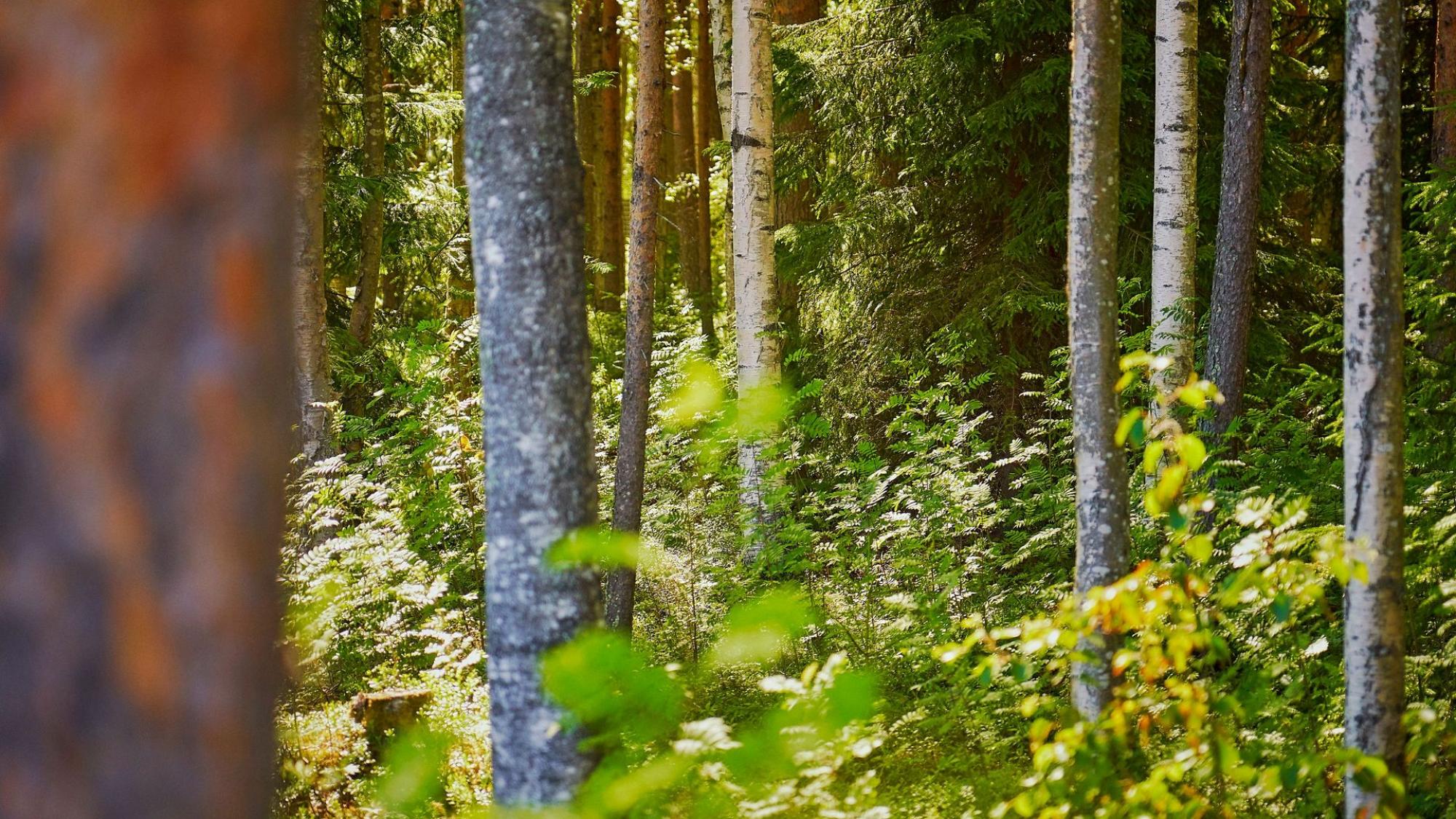Forests offer opportunities for compensating carbon emissions in tourism
 Low-carbon and environmentally friendly practices are important goals in the tourism industry. According to research, it is possible to create forest-based carbon offset solutions in Finland that also support important landscape and nature values for tourism.
Low-carbon and environmentally friendly practices are important goals in the tourism industry. According to research, it is possible to create forest-based carbon offset solutions in Finland that also support important landscape and nature values for tourism.
In recent years, efforts have been made to reduce greenhouse gas emissions in tourism but achieving carbon neutrality is challenging in Finland. After reducing emissions, a portion of them remains to be offset.
The MAHIS project, conducted in Northeast Finland by the Natural Resources Institute Finland (Luke), the University of Oulu, and Naturpolis Ltd., examined domestically applicable forest-based carbon compensation models for the tourism sector, as well as the perspectives of local tourists and stakeholders on carbon offsetting.
The project also assessed the suitability and benefits of various forest-based compensation methods for tourism businesses. Specifically, the benefits and costs of ash fertilization, extended forest rotation periods, and forest conservation in carbon sequestration were compared, along with their impacts on landscape and forest biodiversity.
Based on the findings, a product group model was designed for implementation, combining carbon sequestration with nature and landscape values.
Most tourists are willing to compensate their travel emissions
Carbon offsetting was not yet familiar to the participating tourists in the study. Only one-fifth had previously offset the emissions from their travels. However, the majority of tourists (70% domestic, 75% international) were willing to offset the emissions caused by their trips to Koillismaa area.
“The average willingness to pay per trip was 6-10 euros, and a lower price increased willingness to pay,” says Élise Lepy, a Postdoctoral Researcher at the University of Oulu.
Tourists valued a model that allowed for offsetting all emissions from the trip, rather than just a portion. Forest conservation was a more desirable option for carbon offsetting than ash fertilization. Tourists perceived locally implemented compensation in Finland to bring added value to carbon offsetting activities.
Local entrepreneurs and residents also generally viewed the utilization of Koillismaa’s forests for compensating tourism emissions positively. However, participation in compensation activities was still challenging for tourism entrepreneurs due to time constraints and the lack of clear and reliable operational models.
A significant portion of tourism carbon emissions can be sequestered in forests
According to Luke’s calculations, there is potential in the forests of Northeast Finland to enhance carbon sinks for tourism needs in a cost-effective manner.
A significant portion of the region’s annual tourism emissions could be sequestered by protecting valuable mature forests and extending rotation periods in some forests. This would simultaneously support the maintenance and development of landscape and nature values throughout the tourism area. Peatland ash fertilization has also been identified as a suitable complementary compensation option in the region.
The project proposed a suggestion for the practical implementation of local carbon offsetting operation and product models. The models defined the main actors and described the process from the perspectives of forest owners and tourism operators.
Temporary forest protection (at least 30 years) and extended forest rotation periods (10–30 years) were developed into marketable product packages. In this model, forest owners would receive income from carbon sequestration and storage, as well as the preservation of biodiversity and landscapes.
“A carbon offsetting market utilizing domestic forests and implemented through collaboration between the forest and tourism sectors would provide competitiveness and image advantages to tourism areas. The established operational model can also be utilized in sectors other than tourism,” says Research Professor Liisa Tyrväinen.
The implementation of sustainable climate and nature services requires attitude adjustments and the establishment of operational models. Strengthening forest advisory services is also necessary for the development of business based on climate and nature benefits of forests, as well as the knowledge and services of forest owners.
This article was produced by the University of Oulu and you can read the original here.